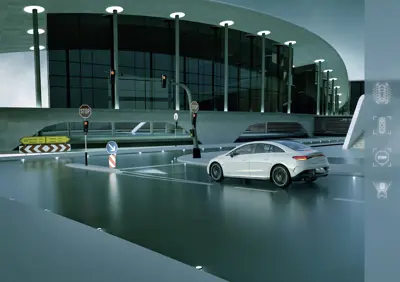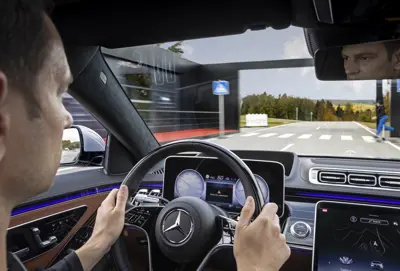Traffic Sign Recognition
Traffic Sign Recognition (TSR) is a technology used in modern vehicles to help drivers identify and interpret road signs.
Last modified: Dec 31, 2024Traffic Sign Recognition (TSR) uses a combination of cameras and software to detect and recognize various road signs, such as speed limit signs, no passing signs, stop signs, and yield signs.
How It Works
The vehicle is equipped with cameras, typically mounted on the front windshield or side mirrors, that continuously scan the road ahead.
The software analyzes the images captured by the cameras and uses pattern recognition algorithms to identify road signs. Once a road sign is recognized, the system may display the information on the dashboard, head-up display, or infotainment screen, depending on the vehicle model.
The displayed information may include the type of sign, its meaning, and sometimes even the distance to the sign or the speed limit. Some systems may also provide a warning or alert if the driver fails to comply with the recognized sign.
Benefits and Limitations
Traffic Sign Recognition can help drivers stay aware of road conditions and regulations, especially when driving in unfamiliar areas or when visibility is poor. However, it is important to note that TSR is not infallible and can sometimes misinterpret or fail to detect certain signs. Therefore, it should not be relied on exclusively. Drivers should always keep an eye out for road signs and comply with them accordingly.


